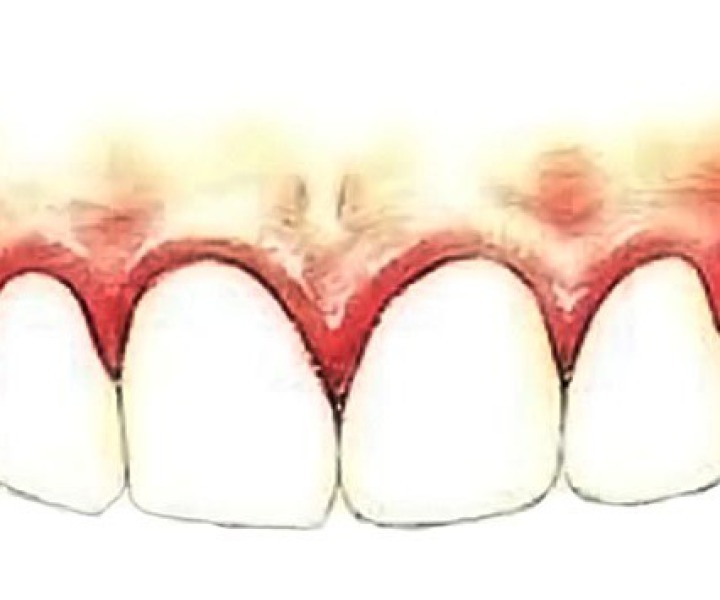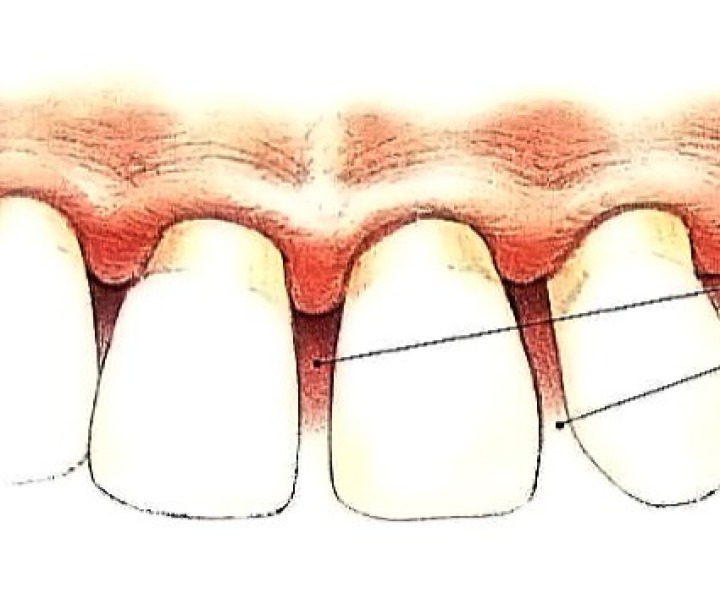Gingivitis
Periodontal diseases are infections of the structures around the teeth. Also known as gum disease, it often begins as a buildup of plaque on the tooth's surface near the gum line. These include the gums, the cementum that covers the root, the periodontal ligament, and the alveolar bone. In the earliest stage, gingivitis, only the gums are affected. In more severe cases, all of the supporting tissues are involved.
Often times gum infection begins as a buildup of plaque on the tooth's surface near the gum line. If this buildup is not removed by brushing and flossing, it can harden into tartar. Over time plaque begins to buildup over the tartar eventually causing the gums to become red, swollen and irritated. This stage is known as gingivitis and is the first stage of periodontal disease. Left untreated, this will progressively get worse and may require surgery to treat.
Treatment
Professional dental cleaning.
Dental restoration,
Ongoing care. Gingivitis usually clears up after a thorough professional cleaning — as long as you continue good oral hygiene at home. Your dentist will help you plan an effective at-home
program and a schedule of regular professional checkups and cleaning.
If you're consistent with your home oral hygiene, you should see the return of pink, healthy gum tissue within days or weeks.
Periodontitis
Periodontal disease is caused by bacteria in dental plaque. Plaque is the sticky substance that forms on your teeth soon after you have brushed. In an effort to get rid of the bacteria, the cells of your immune system release substances that inflame and damage the gums, periodontal ligament or alveolar bone. This leads to swollen, bleeding gums, a sign of gingivitis (the earliest stage of periodontal disease). Damage from periodontal disease also can cause teeth to become loose. This is a sign of severe periodontitis (the advanced stage of disease).
You can prevent periodontal disease by practicing good oral hygiene and visiting your dentist regularly. Most people should see the dentist about once every six months. But if you already have gum disease you may need to visit more often.
Periodontal treatment options include:
- SCALING AND ROOT PLANING
- Pocket depth reduction
- Gum repair
- Regeneration
- Soft tissue graft (gingival recession)




